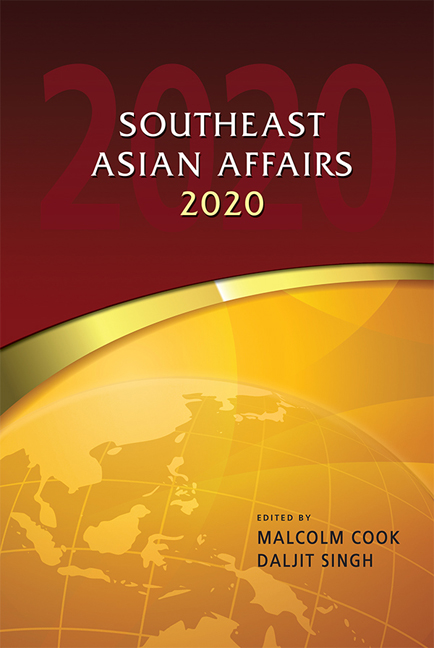Timor-Leste: Twenty Years after the Self-Determination Referendum
Published online by Cambridge University Press: 24 November 2020
Summary
Frontiers and Sovereignty
On 30 August 2019, Timor-Leste commemorated the twentieth anniversary of the self-determination referendum when 98.6 per cent of registered voters chose by a very wide margin (78.5 versus 21.5 per cent) to break away from the Republic of Indonesia and open the way to independence. Since 20 May 2002, the Democratic Republic of Timor-Leste has been an independent country, recognized by the international community, and a member of the United Nations. High-ranking representatives from friendly nations headed to Dili for the celebrations. Amongst these, the Australian prime minister was a special guest.
Timor-Leste and Australia formally exchanged confirmation notes that brought to full fruition the treaty that had been negotiated in the preceding years, which was to put an end to the “Timor Gap” issue. The maritime borders of Timor- Leste were thus established after a turbulent period of negotiations and juridical claims in international courts. It was highly symbolic that the treaty could be signed in Dili on such a prominent date. In fact, the authorities of Timor-Leste, and chiefly the main negotiator, the once resistance leader, president of the republic (2002–7) and prime minister (2007–15), Xanana Gusmão, presented his efforts as destined to complete the recovery of sovereignty. He placed the agreement on par with the referendum, claiming that full sovereignty could only be achieved when the maritime borders were fixed for good and access to the plentiful natural resources—especially oil and natural gas—firmly placed at the disposal of the people of Timor-Leste. The East Timorese had a fundamental reason to rejoice.
At the time Timor-Leste became independent (20 May 2002), the country was among the poorest on Earth. The first time the United Nations Development Program Human Development Index included data on Timor-Leste (2004, with data for 2002), the country was ranked in 162nd place, included in the group of Low Human Development, with a rating of 0.436. Fifteen years later, Timor- Leste had moved to 132nd place and its performance had risen to 0.625, which permitted its inclusion in the group of Medium Human Development. Much of this tremendous improvement was due to the growth of the country's wealth. The World Bank estimates that the gross national product per capita (in purchasing power parity terms) rose from US$2,578 in 2003 to US$7,645 in 2018, having peaked at US$10,370 in 2012.
- Type
- Chapter
- Information
- Southeast Asian Affairs 2020 , pp. 381 - 390Publisher: ISEAS–Yusof Ishak InstitutePrint publication year: 2020

